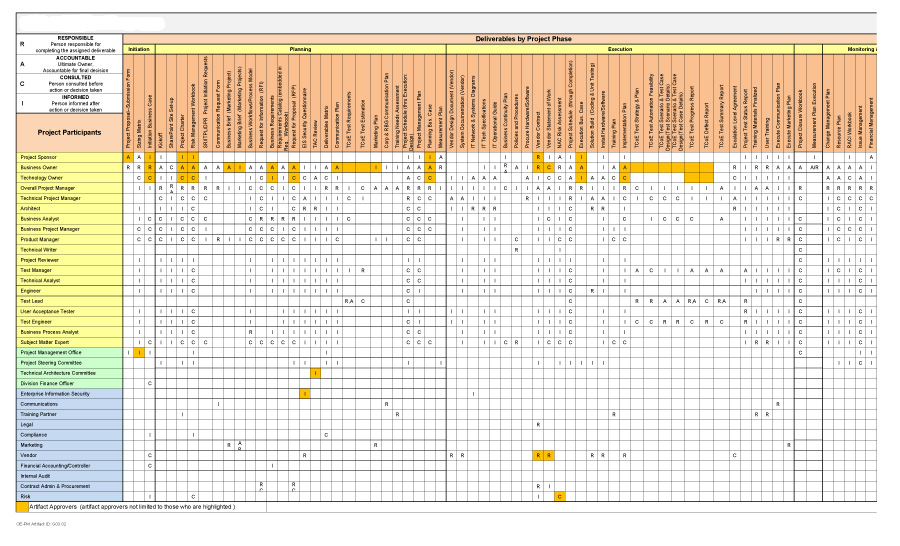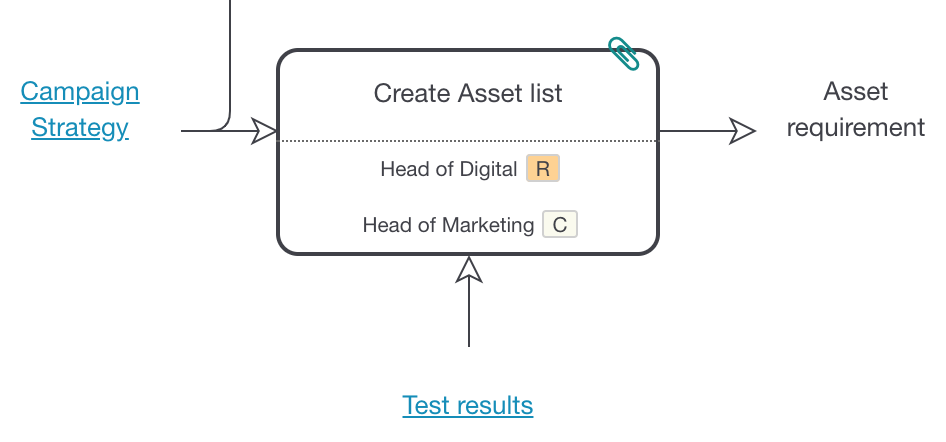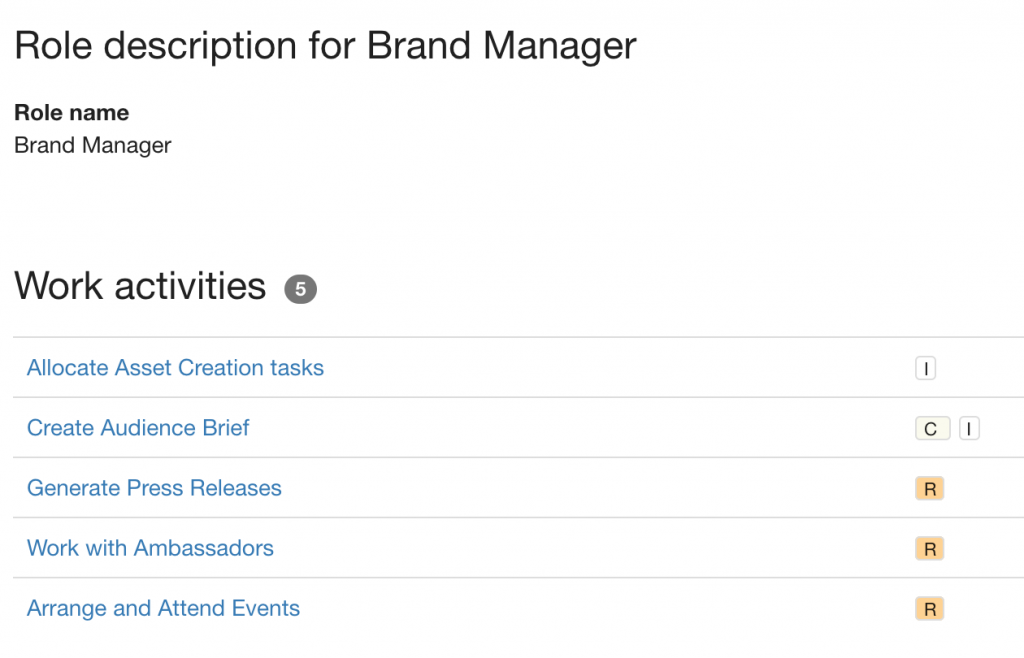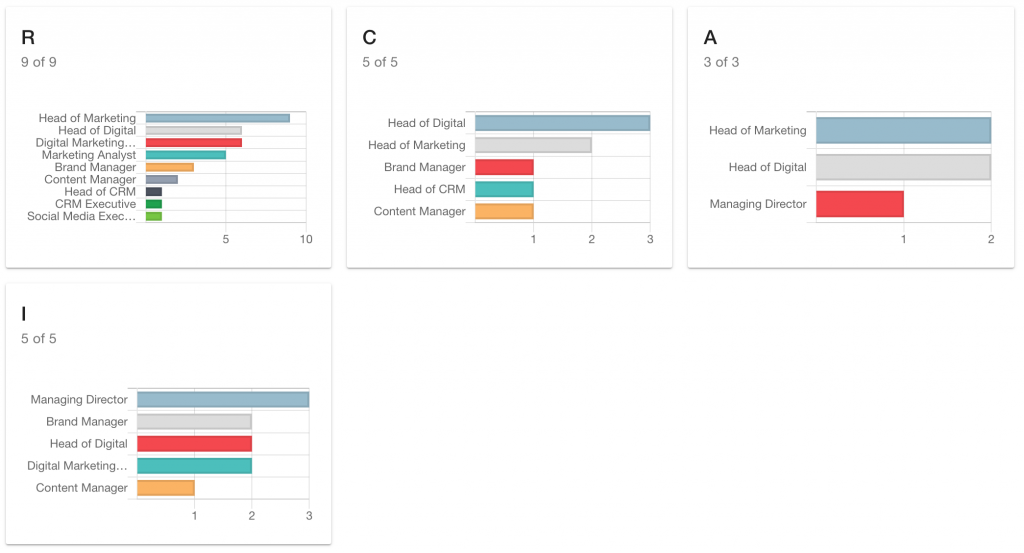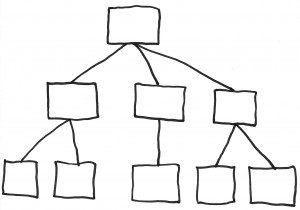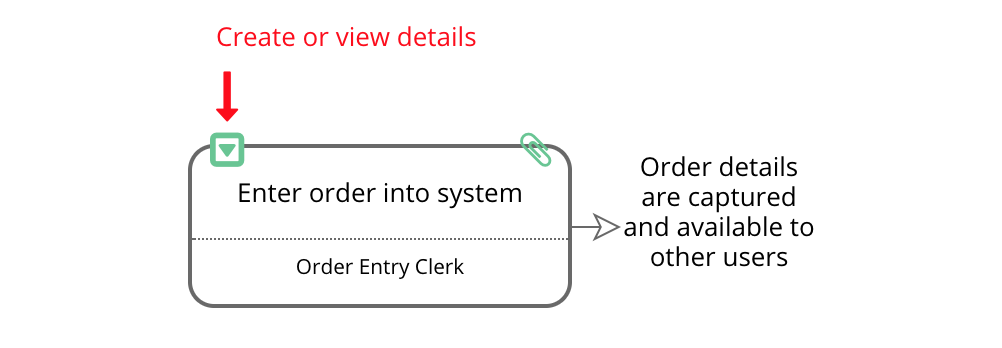What is RATSI?
Looking for a new way to describe roles and responsibilities (R&R)? It is one of the core benefits of process mapping and the most common approach is often RACI analysis. However at Skore we recommend a clearer approach – RATSI. We’ll take a look at how RATSI works and why we think it is so much better as an alternative plus you can download our guide to getting started with using RATSI.
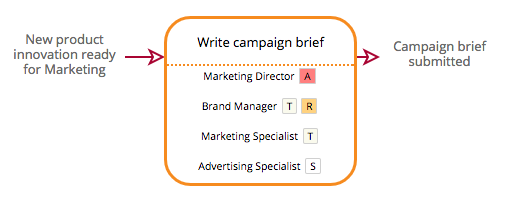
Identifying responsibilities – Why is it important.
Firstly let’s look at the reasons why you need to identify responsibilities when looking at Process Improvement.
You will always need to know who will be involved in a piece of work and what is expected from them. This is about role clarity and setting the right expectations for every member of the team. Capturing roles and responsibilities allows a process to remain high level while still gathering all the elements involved.
The Problem with RACI
RACI has been most popular notation for R&R analysis but we find it falls short of being as clear as it should be.
RACI stands for Responsible, Accountable, Consulted and Informed. The problem is that in reality everyone has their own definition and understanding of what each of these terms means. If you’ve had experience of using RACI – you may have even argued with colleagues over the difference between Responsible and Accountable.
It is also true that in many languages “Accountability” translates literally to “Responsibility”. In the world of global business this lack of clarity can lead to a lot of mistakes or confusion. In comparison RATSI does not use this concept of “Accountability” at all.
Instead it uses :
- Authority over the work (but is not involved) and decision maker
- Responsibility for ensuring that the work is done.
What is RATSI?
RATSI stands for:
- Authority – “owns” the activity or the decision to be made. Clearly not involved in the day to day work.
- Responsible – for ensuring the activity is done (not necessarily doing the work but ensuring it is completed to an agreed standard).
- Task – actually does the work as described.
- Support – provides inputs in exceptional situations / edge cases (otherwise it would be Task).
- Informed – is informed the activity will happen / has been done (successfully or not!).
It is important to recognise that you can have more than one term assigned to you. In fact: someone could have Authority, Responsibility AND Task on a given activity!
RATSI – Understanding how to use the matrix.
Often people have questions over how to apply RATSI to their processes. Here are the answers to some of the common questions we see.
Can I have multiple Authorities or Responsibles for a given task?
You should aim for one unique Authority / Responsible per task. However if they don’t contradict each other you may have several on one activity. See this example:

In this example ‘Personal Care’ and ‘Home Care’ are 2 different business units that don’t approve the same campaign briefs. Therefore there is no conflict in the roles & responsibility.
When do I use Support vs. Task?
Try to consider if the person is involved in every occurrence of the process. If so then it should be Task. If you have any doubts then this is itself is often a good enough reason to “upgrade” it to a Task – remember you can always change it later.
How many roles in total?
Finding the balance between a comprehensive list of roles and a process that is easy to read is challenging. It comes down to your personal preference. Take a look below:

Often when you see a long list of roles, actually its just variations of a given role. Keep your list of roles short by:
- Focusing on describing the process clearly
- Prioritising the Responsible.
- Writing a “generic” role for the Task
In the Skore platform, you could write the complete list in a ‘Sticky Note’, or an attachment, if you want to capture it separately from the activity thus keeping your process map clean and clear.
3 things to remember with RATSI
- Role clarity is at the core of your process mapping exercise, whether it’s RATSI, RACI or your own variation, it’s important to understand who does what
- Limit the number of roles against an activity to keep the process readable
- Limit the number of Authority and Responsible to one where possible
Sound interesting? Get in touch to find out more about how to improve Roles and Responsibilities in your organisation. Skore is the cloud-based Process Improvement Software Platform designed to be used and understood by everyone in your organisation. You can use Skore with any R&R matrix you choose when capturing your processes.

